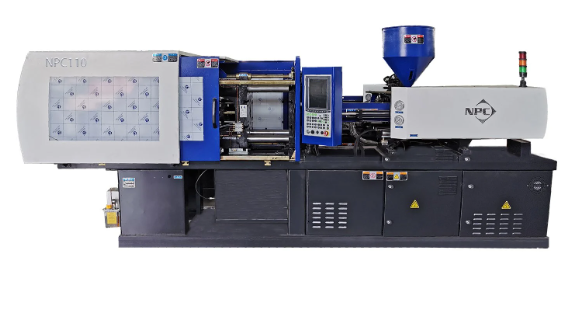

3D printing and plastic injection molding are practical solutions amongst today's modern manufacturers for creating intricate plastic parts and accessories.
These methods, which were once seen as rival technologies, are now widely acknowledged to have their own merits, and also can be used in combination to increase production efficiency.
To begin with, 3D printing is an additive technique. It creates items by layering them one on top of the other. This build process can be observed, which is helpful for testing and developing a new design.
Molds are used in injection molding. The inverse of an object is first etched from a material that can safely handle the molten plastic material.
After that, the mold is filled with melted plastic material. The finished product is ready once it has cooled in the mold.
Understanding how these two procedures vary can help you choose which one is ideal for your application. We're here to do that, so let's get started!
In essence, they are two distinct strategies for approaching the same fundamental task—creating 3D objects.
However, their application cases differ due to their various advantages and drawbacks.
The applications of 3D printing cuts across;
3D printing can be used to produce limited run products, such as prototypes, design models or small-batch manufacturing.
If you're unsure about where your design could falter during the production process, 3D printing is ideal because it allows you to make changes as your project takes shape.
Because it produces parts layer by layer, objects with complex shapes and designs with detailed internal features such as holes can be made easily.
Injection molding is best used.
Injection molding might help you if you need to produce a big quantity of similar products at once.
Your model will have one seamless shape thanks to the one-step forming technique used in injection molding, which strengthens the final product.
Injection-molded objects can be smooth enough to eliminate friction between moving parts without requiring an additional finishing process, which makes them particularly ideal for situations where parts are in contact with one another.

Both 3D printing and injection molding are beneficial techniques.
Engineers now can design plastic objects at their computers and have them created in a couple of hours thanks to 3D printing.
On the other hand, injection molding is the preferred method for quality and affordability. It is frequently used to efficiently and dependably produce large quantities of intricate plastic designs.
One of the priciest and longest-lasting stages of the injection molding process is tooling design.
Some injection molders can use 3D printing to manufacture prototype tools that can speed up development and cut tooling costs.
But injection molding continues to be the best choice for higher production volume runs and more accurate molds. The same goes for parts that call for the use of resins with melting points at or above 500°F.
The popularity of 3D printing has skyrocketed since it can produce prototypes/models and custom plastic part designs in a matter of hours or days.
That is not meant to minimize the significance of the ongoing demand for plastic injection molding. It is impossible to overestimate the importance of producing complicated objects in big quantities on a continuous basis without any defects.
Although they are frequently viewed as rival technologies, 3D printing and injection molding each have a variety of advantages and useful applications.
While the use of 3D printing has increased recently, the bulk of plastic parts for industrial are still produced via injection molding. This is because it is simple to manage costs and improve quality while still enabling large-scale production.
Conversely, 3D printing is widely regarded as a better method for prototyping due to the sheer expense and time-consuming aspect of the design of injection molding machinery.
Instead of viewing 3D printing as a prospective substitute for injection molding, both techniques ought to be viewed as complimentary processes that should be utilized collectively in reliance to products requirements.
We can assist you with all design and manufacturing-related aspects of injection molding, including technical help, technology acquisition, product development, maintenance and production support, and more.
Kindly click here to learn more about our products, services, and customer support system.
By continuing to use the site you agree to our privacy policy Terms and Conditions.